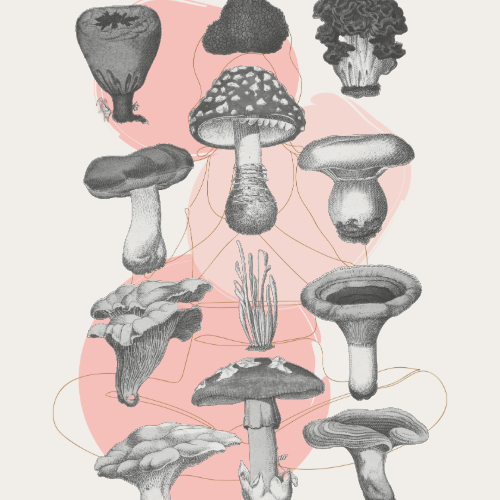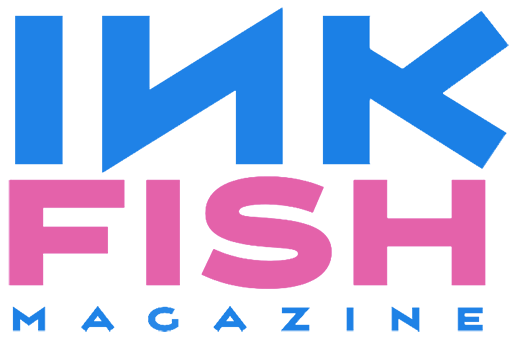'Fungi' and other poems
by Susan Kostick
Fungi
~to Evelyn
Take it, you say,
holding out a small twig
with eight tiny nests affixed to it,
each cup half the size of a Penstemon bloom,
and sitting in them are eggs.
It’s bird’s nest fungi,
decomposing wood,
recycling nutrients,
enriching the soil.
These fungi grow together
but are not communal–
like us,
walking together,
keeping our own counsel.
The eggs, the size of a French lentil,
are not eggs.
They house spores,
and the nest is a splash cup
for watery reproduction.
Raindrops falling in the cup
launch the capsules
up to six feet away.
Then browsing deer carry the spores
to their new habitat.
This bird’s nest fungus
is common all over the world.
But you,
who can tell mosses from lichens
on trees or rocks
or even in the riot of nurse-log growth,
saw your first one today
and pushed me
to take it
and make something of it.
This Ground
Getting to the dirt is not easy.
Getting back up will be a cranky feat.
Most hikes, I go for nature’s seats–
a log, a large-enough rock,
or a mossy rise in the earth
lifted by a sturdy spruce root–
but I wanted to get all the way down,
to have the length of me lying on the ground,
to feel the backs of my arms, the palms of my hands,
and each finger touching that matchless mattress,
to smell the damp brown smells,
to feel the cold mud,
to twitch against the tickley bug at my waist
now that my shirt is a little pulled up
due to my laborious descent.
On a level with the undergrowth of salal and sword ferns,
snowberries and twinflowers,
I am eye to eyespot with a big brown slug’s upper tentacle.
It’s Arion ater, the bane of my garden, hermaphroditic omnivore,
awful-tasting but edible, slimy and invasive,
in the origin sense of the word.
And so am I.
We meet low on this stolen island.
This chilly land with its ants and beetles,
medicine plants, fish, and game, was the rich place for thousands of years
of Coast Salish people, the Swinomish, Skagit and Samish.
What other plants and creatures were here with them?
What abundance of clean water and shellfish?
What clam gardens?
What cold rivers and salmon?
What relatives?
From where I lie on this ground,
the pale sky is fringed
by western red cedar and hemlock crowns,
shot through with crows chasing an eagle,
and with feathered cirrus clouds of late afternoon
predicting a storm.
Resurrection of the Dire Wolf
Trying to “bring back” dire wolves by modifying gray wolves is like saying you can reach the moon if you jump really high on a trampoline. Maybe you can get an inch closer than you could before. Maybe you can put the trampoline on a platform, too. But you’ll never arrive.
~Riley Black, Slate, April 10, 2025
De-extinction tries
to revive the past, but
today in the wet woods of early spring,
skunk cabbage blooms bright yellow
like construction flags planted for a warning,
spooling out yellow caution tape for miles.
The burn scars on the old-growth Douglas firs
are there for hundreds of seasons.
Lichens hang on for dear life
to the young Hemlock and the ancients.
Although we go with throats aching
almost choked by our own hand
or by a constrictor dropped from a tree,
trailing blackberries show new light leaves,
red huckleberry sport hints of pink,
and full magenta flowers bloom on the salmonberry.
Berries and bears will come this summer.

About the Author
Susan Kostick is a poet, editor, teacher, and hiker, among other things, who lives with the people, plants, animals and landscape of the Pacific Northwest of the United States. In these difficult times, she focuses on perception, emotion and the infinite shades of green.

